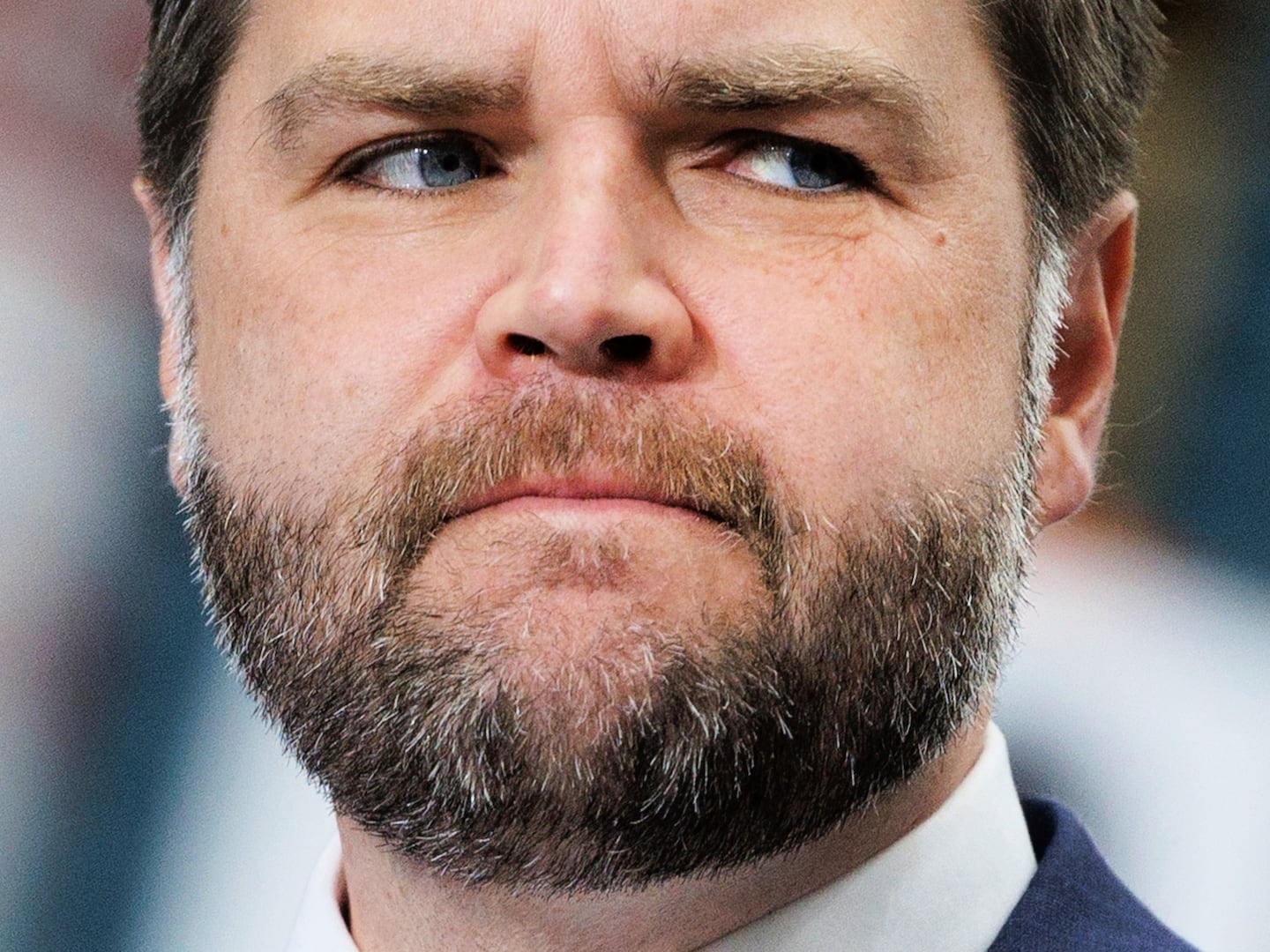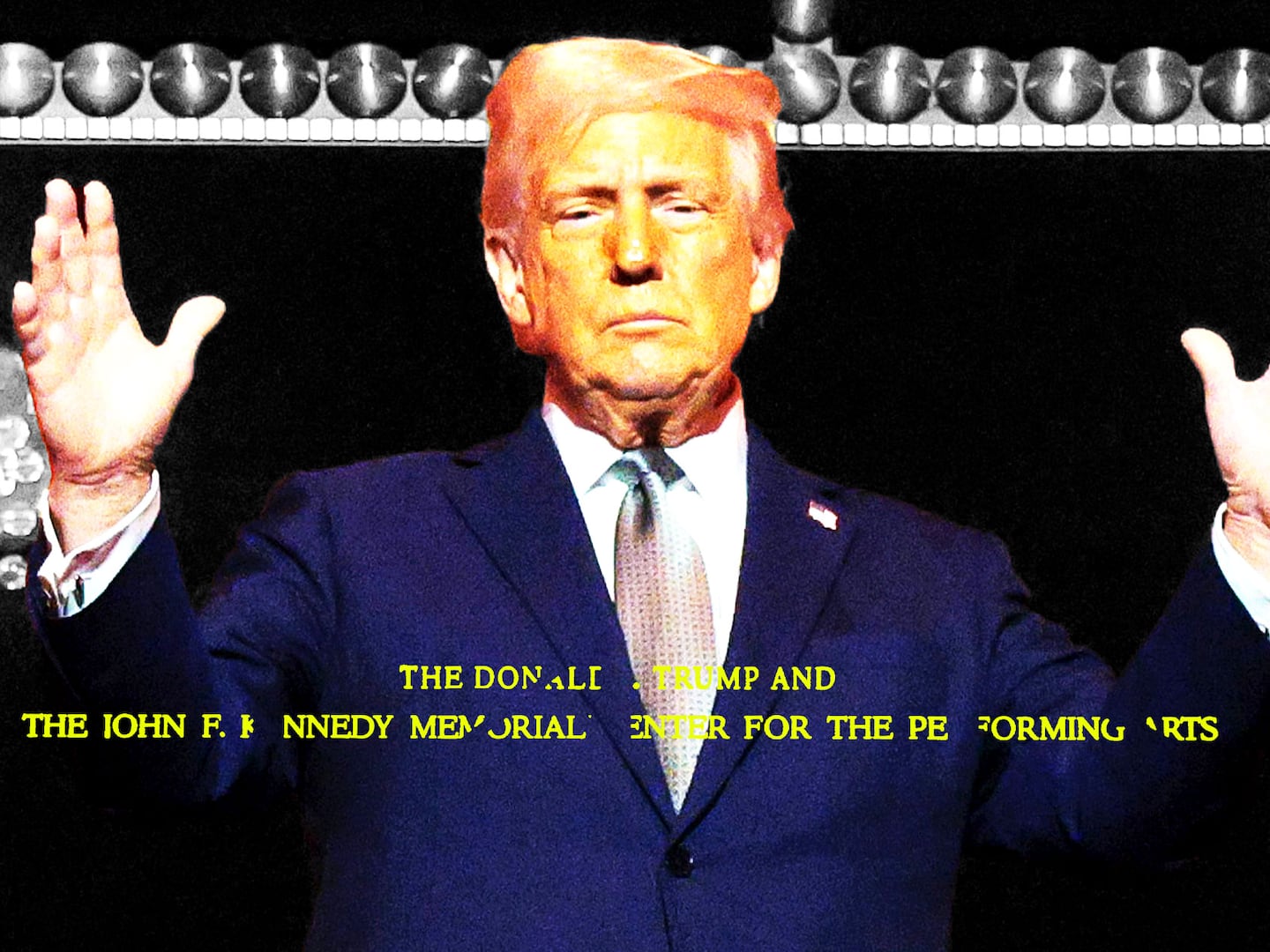I found Essena O’Neill’s story to be depressing but unsurprising.
I’ve written before about the high cost of having a high profile on social media and the dangerous addictiveness of having constant attention paid to you—but that attention being superficial “fan” attention that can turn hostile in the blink of an eye. I think her story is likely only the beginning of many online celebrities turning against the toxic side of online fan culture and the way young people in 2015 are encouraged to live their whole lives in public.
But the side of the story I find most interesting is the tawdry, bottom line side of the story—the economics of being “Instagram famous.” I was especially interested by The Daily Mail shaming her for directly appealing to her online fans for donations to support her now that she’s quit Instagram modeling and therefore lost her corporate sponsorships.
My first reaction is I’m against people shaming other people for starting crowdfunding campaigns in general, unless the campaign directly supports a hateful or destructive cause.
But more importantly, I feel like O’Neill’s been placed in a tough position many other people have found themselves in: once you’re famous or notorious enough, going back to a “normal life” is difficult, sometimes impossible. Most of the advice we give to job seekers about how to handle social media is to either keep a low profile or to carefully craft an online profile so a Google search of your name shows a hiring manager what they want to see—for most “normal” jobs this means being a quiet, hardworking, uncontroversial person who doesn’t make waves.
That’s not an option for Essena O’Neill, whose original reputation as an Instagram model was already inescapable and who will now be inescapably known as the Instagram model who couldn’t handle the life and quit. It’s even worse for people whose Google searches show only incidents they’ve been publicly shamed for. The worst is to imagine being someone like Monica Lewinsky, who became a nationwide headline and then a nationwide punchline, and was essentially given no options for a career for a decade besides making fun of herself on reality TV.
But the interesting thing about O’Neill’s story is the degree to which her online presence was already a job, how her glamorous “Instagram girl” lifestyle was in reality a daily act of labor that took from her more than it gave. It was the worst kind of job lock-in, too; it was the kind of job that required creating the illusion that she wasn’t working at all, and therefore leaving her with a reputation as “spoiled,” “privileged” and unemployable once she quit.
Essena O’Neill is just another example of one of the most dangerous trends of the New Economy. She was making a living giving away content that was “free” to users, creating the illusion of a “sharing economy” where money was of no concern. Her customers didn’t know they were customers. She had no paywall. She was ad-supported.
It’s an education, reading through O’Neill’s edited captions for her old Instagram pics, revealing the unpleasant details of how the social media sausage gets made. Being an “Instagram model,” it turns out, is not as simple as taking candid selfies while living a glamorous life and making money from nowhere while doing so.
It turns out that it’s the same kind of work as being an old-fashioned model. Detailed, micromanaging spec sheets from corporate sponsors who have exacting standards for what they expect from you in order for you to be the right face to link to their brand. Long, grueling photo shoots where she has to choose exactly the right makeup and the right clothing and the right lighting to get the “perfect” simulation of a candid selfie. Constantly playing the game of self-promotion to keep herself visible to marketers and advertisers so she can keep the sponsorship checks rolling in so she can make rent.
What’s most striking is how the life of a modern Instagram model seems, if anything, more exploitative and stressful than the horror stories we hear about “traditional” models. The figures she quotes—$400 here, $400 there, $2,000 for a particularly lucrative endorsement—are paltry compared to rates in the world of modeling for magazines and billboards. She does the bulk of her own work—she schedules her shoots, she dresses herself and does her own makeup and hair, she even takes many of her own photos. Unlike traditional models, she takes tons of shots—just as meticulously posed and edited as the ones she gets paid for—for free, in order to “build her brand” and increase her follower count so she has something to sell to the people who do pay her.
Even compared to the horror stories about abuse and exploitation in traditional modeling, this sounds exhausting and thankless. And yet it’s typical for New Media and for industries that have been “disrupted” by tech.
I don’t hang out with a lot of Instagram models in my day-to-day life. I do hang out with bloggers, freelance writers, webcomic artists, actors and comedians who all make money on social media. The story is the same in all creative fields: incredible pressure to ply your trade gratis “for exposure,” doing nine gigs that pay little to nothing for every one gig that pays just enough to keep the lights on, rates that keep on getting lower and lower.
And a whole ton of unpaid, invisible labor. Phenomenally successful “YouTube stars” are, unlike actors or standup comedians of the past, completely responsible for doing all their own camera work, editing, post-production, marketing and advertising, and they make much less per hour for their labor than their “traditional media” predecessors. The idea of ever making a steady paycheck for your work in a creative field is becoming obsolete; everyone has to be an entrepreneur, with all the risk and all the extra backend labor that entails.
It’s a bad situation. It’s a situation largely caused by the expectations of an audience that’s addicted to getting things “for free.” It’s, in other words, our fault.
Subscription-based models where the readers pay directly for content that they want lead to a relatively stable revenue model that lets you pay your contributors on a stable basis. “Free” content sponsored by advertising, by contrast, leads to a per-click or per-view economy that requires a constant push to get more eyeballs, and where the budget for compensation is wildly unstable and uncertain.
No wonder there’s so much anger around adblocking and native advertising. It’s an arms race between advertisers and consumers, which is another way of saying it’s an arms race of ourselves against ourselves—our contradictory desire for “authentic” content that wasn’t paid for by someone else and for “free” content we don’t have to pay for ourselves.
Small wonder that the “prestige” media outlets still known for risk-taking and quality—that, for instance, have the courage to speak out against the “native advertising” trend—are the ones that still have a subscriber base, and outlets known and beloved for “free content” are sparking uprisings among their user base by trying to bring subscription fees back.
What we seem to prize most in the modern media landscape—and in the New Economy in general—is a particularly appealing illusion: the illusion of abundance, of a pure “gift economy.” The insulting and ceaseless demands that artists do art “for exposure” comes from an illusion promulgated by artists themselves—that we blog or draw webcomics or film YouTube sketches or take gorgeous fashion selfies for the sheer joy of it, and we’re inviting our audience in to freely partake in that joy. In the supposedly enlightened and open society of the Internet, we still treat as taboo any frank discussion of the ugly fact that artists have to pay bills and can’t afford to make art if making art isn’t a paying job.
So of course this will lead to your work being compromised, when you have to find hidden, sneaky ways to get paid that preserve the illusion you’re just an ordinary girl taking photos of her beautiful life, or an ordinary dude just streaming video games you happen to love, or a well-respected newspaper whose journalistic integrity has been totally unaffected by the fact that no one buys the paper anymore.
People are accusing O’Neill of hypocrisy for asking for donations from her fans after turning her back on her Instagram career. But the real hypocrisy is from the people who were happy to consume her photos “for free,” remaining blissfully, willfully ignorant of the money they must have known was changing hands behind the scenes, but who are now offended because she’s making explicit that her online presence is a job she does for money.
I’ve always felt that the New Economy’s dependence on the illusion of abundance and “free content” was unsustainable. Anything built on an illusion will be. Of course when you encourage people to think of your content as “free” they’re going to try to get it with as few hassles as possible, and think of blocking ads as removing a nuisance rather than stealing from creators. Of course if you build an online presence around a fake narrative of a beautiful worry-free life where money is not a concern for you, you’re going to find your fan base falling apart when you broadcast to them that you do in fact have money concerns.
I’m a fan of paywalls, subscriptions, and crowdfunding because they’re honest. They involve selling a product or service to the people who are actually consuming it, not involving shadowy third parties. They make you aware and keep you aware that the photos you like looking at or the blog posts you like reading cost someone time and energy to create, rather than appearing magically from the ether.
O’Neill used to make her money by creating in her audience’s minds the idea that they had an intimate relationship with her—a peek into her daily life—when really it was a three-way relationship: a relationship between her, her audience, and her advertisers, with the advertisers being the key member in the partnership.
Now she’s offering the real version of what she was offering an illusion of. She’s offering to let people see videos and blog posts about what she really believes and thinks, in return for their directly giving her money if they like what she’s doing so she can do more of it.
It’s not an ideal situation. But it’s a better situation than the one she was in—one that, at least, involves much less of her bullshitting her followers and her followers bullshitting themselves. It’s a healthier model on which to build a career out of living your life in public, and one I think has far more of a future.






